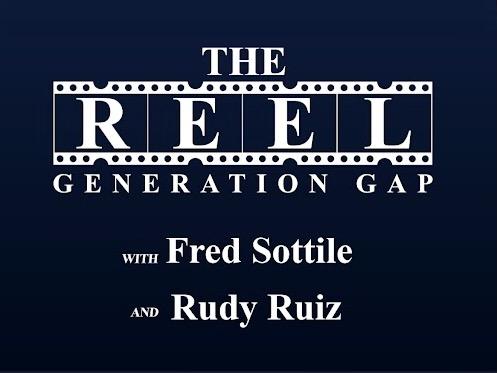Nuclear scientist Digby Macdonald said that carbon dioxide (CO2) is not the primary driver of global temperature changes.
“That’s the very reason why you put your beer in a refrigerator,” he said. “If you want the fizzy drink to be tangy … you put it in the refrigerator so the CO2 remains in the drink.”
He said that cycle changes every 100,000 years and an ice age occurs when it’s the most elliptical because the earth is receiving a lot less solar radiation and heat.
This cycle, combined with the earth’s wobble and sunspot activity, are the drivers of climate, he said.
“There’s nothing that you and I can do about that,” Macdonald said. “That’s okay, because if we rely upon the historical record, we go through these maxima and minima.”
He said during the Roman period it was one of the maxima, in which temperatures were about two to four degrees higher than now, and there was a large advance in civilization.
He said the changes can be traced in history, which shows the temperature has swung all over the place.
“Right now, as far as temperature is concerned, we’re about a quarter of the way up between the low minimum and the high maximum,” he said. “So we’re still on the low side. So we’ve got a long way to go, and the changes are very small. We’re talking about, for instance, fractions of a degree centigrade.”
By analyzing the bubbles of gas trapped in arctic ice using spectroscopy, the concentration of CO2 can be found, while the temperature is reflected in isotopic distributions, Macdonald said.
With that, he said, it’s possible to determine what the CO2 level was as well as the coinciding temperature, at different points in time, including thousands of years ago.
“If you go back to a hundred and something years, people were skating on the River Thames in London. That was called the mini ice age, because the temperature dropped to quite a low value,” he said. “So we’re actually recovering from a mini ice age, and so the temperature’s got nowhere else to go but up, and that’s what it’s doing at the moment. It’s got nothing to do with CO2.”
Macdonald said that all the money spent on programs blaming CO2 for climate change is based on politics, and the money would be better directed toward more pressing societal issues such as health care and homelessness.
He said the data doesn’t support the reports published by the Intergovernmental Panel on Climate Change (IPCC), the United Nations body that says CO2 is the culprit for climate change.
If the IPCC were correct, he said, you would find a situation where the CO2 rises first, being the cause, and the effect is the rise in temperature. He said they didn’t check the causality relationship to see if that’s valid.
“That’s what I did,” he said. “I found out that in fact, the temperature rises, and then the CO2 comes out.”
Macdonald said the impacts of CO2, methane, and nitrogen oxide are immeasurable.
He said that if the temperature falls, the CO2 level in the atmosphere goes down, and CO2 eventually combines with carbon ions to form limestone in the ocean.
Macdonald joined the CO2 Coalition to help provide facts, resources, and information about the vital role carbon dioxide plays in the environment, including the limitations of climate models as well as the consequences of mandated reductions in CO2 emissions.
He said the coalition emphasizes that CO2 is not a pollutant; it’s plant food, and it’s a very important part of the photosynthesis cycle.
The coalition includes people from many different professions, including geologists, chemists, and physicists, he said. Member John Clauser is a Nobel laureate in physics, and chair William Happer is a famous physics professor.
Macdonald said the CO2 Coalition has just launched an education program that’s aimed at the K–12 level.
“There’s no single weather on the earth; there are many weathers,” he said. For example, the weather in San Francisco is noticeably different from the weather in Santa Clara just 45 miles away.
“And the definition of climate is the weather integrated over three months. That also leads to many different climates, not one climate.”
He said politicians need to rethink what they’re doing by condemning CO2, because if the CO2 level gets too low, plants won’t grow in abundance and the implications are mass starvation and poverty.







